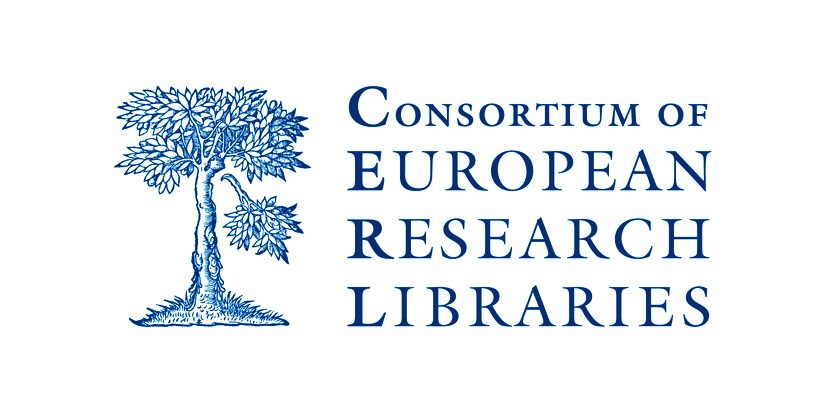Welcome to BookTracker!
Background
Books move extensively throughout their lives, spreading learning, ideas and information, and changing ownership. Since 2009, the international and collaborative database Material Evidence in Incunabula (MEI) has been gathering data about the former ownership and use of the first books printed in the 15th century, books known as incunabula. The data, and the digital resource, make it possible to track the circulation of books, their trade routes and later collecting, across Europe and the USA, and throughout the centuries. Between 2014 and 2019 the database was substantially enhanced during the ERC-funded 15cBOOKTRADE Project, based at the University of Oxford and coordinated by Prof. Cristina Dondi.
Visualization Tools
Booktracker is an ongoing research project dedicated to the design and development of visualization tools to assist historical book researchers through variate visual representations of the MEI data. DanteSearchVis, DanteExploreVis, BookOwnershipTracker, KURF2022, and KURF2023 are visualization tools that were developed for different analytical research purposes, they are all parts of the BookTracker project and are currently works in progress. We welcome any comments, questions, or suggestions from your experience in using these tools.
Research Outputs
The various features within the BookTracker platform are the outcome of meticulous collaborations between historians and computer scientists. Our iterative design process has been carefully documented, yielding valuable insights from our design studies. These insights are now showcased as research outputs, as highlighted in the list below:
- Reflections on the Evolution of the BookTracker Visualization Platform Y. Xing, C. Dondi, R. Borgo, and A. Abdul-Rahman. EG UK Computer Graphics & Visual Computing (2024). [DOI]
- Visualizing Historical Book Trade Data: An Iterative Design Study with Close Collaboration with Domain Experts Y.Xing, C. Dondi, R. Borgo, and A. Abdul-Rahman, . In IEEE Transactions on Visualization and Computer Graphics, 30(1): 540-550, Jan 2024. (Presented at IEEE VIS 2023.) [DOI]
- Unveiling the Dispersal of Historical Books from Religious Orders Y. Xing, D. Yan, C. Dondi, R. Borgo, and A. Abdul-Rahman. Poster presented at EuroVis 2023. [DOI]
- A Design Study of Visualizing Historical Book Movement Y. Xing, C. Dondi, R. Borgo, and A. Abdul-Rahman. Short paper presented at EuroVis 2022. [DOI]
Acknowledgements
BookTracker was supported by King's Undergraduate Research Fellowships (KURF), King's-China Scholarship Council PhD Scholarship programme (K-CSC) and the Department of Informatics, King's College London.
People
The project is a collaboration between









